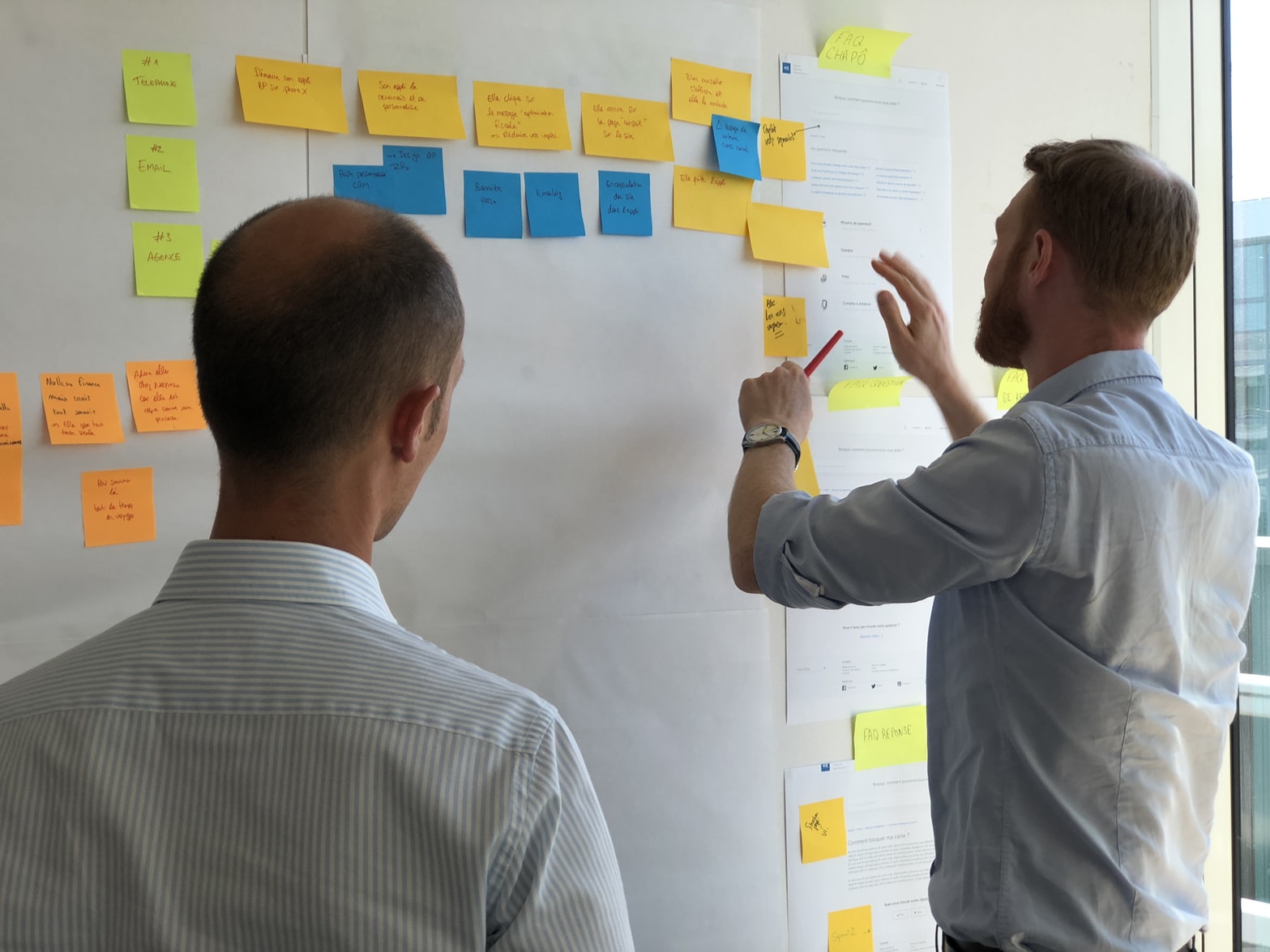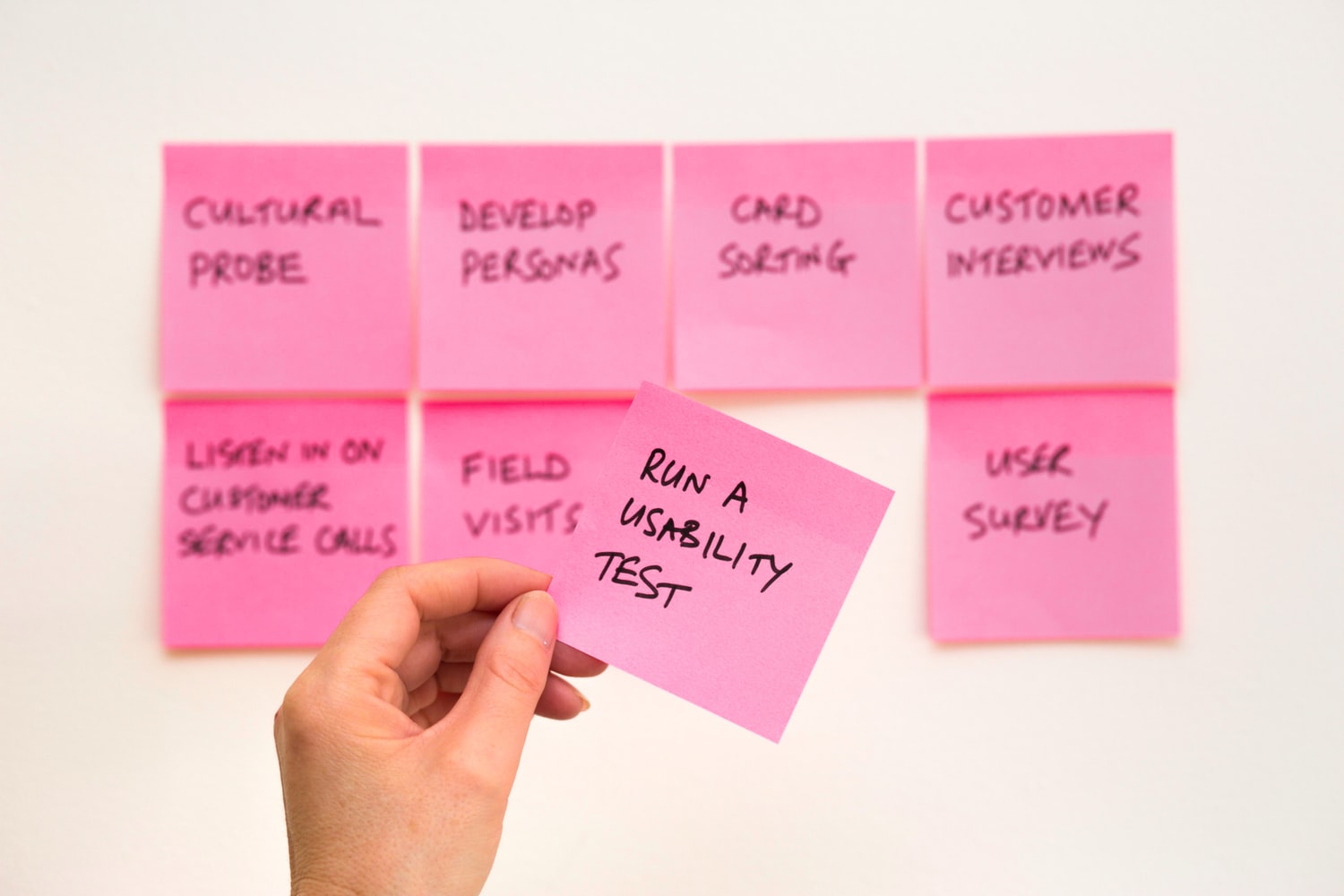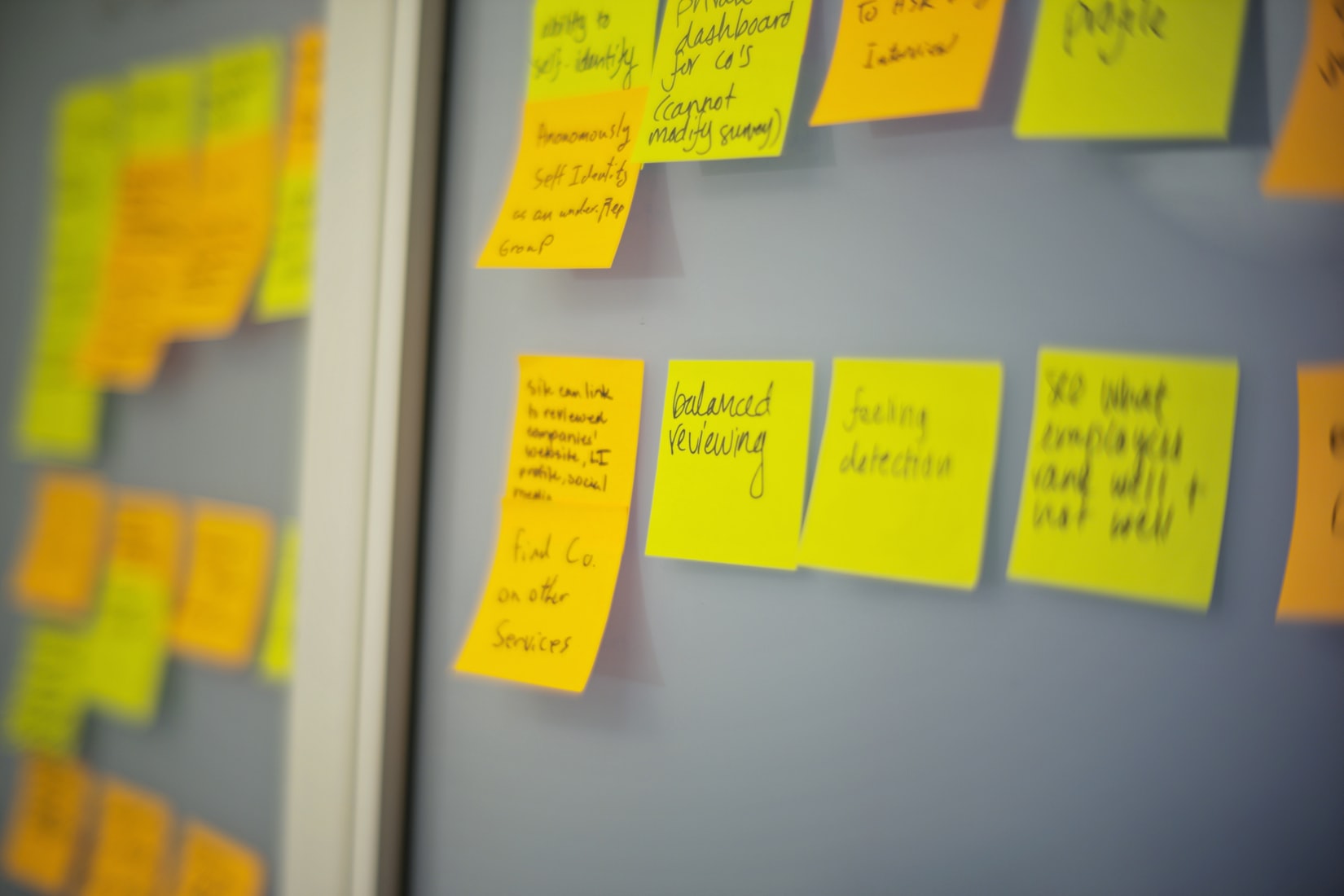19+ Most Popular Project Management Techniques
Here is a list of Project Management ideas and techniques. Click on it to learn more and to create your first board using a selected template.
Take a look on 19 templates that have been used 11,688 times 🚀
- 0 uses

SWOT Analysis
SWOT analysis is a strategic planning technique used to help a person or organization identify strengths, weaknesses, opportunities, and threats related to business competition or project planning. It...- Strength- Weakness- Opportunity- Threat - 0 uses

Agile Kanban
Kanban is a simple and great method to track the work being done in a project. It's usually used on agile software development teams but it can be used on any project. It's great to track the list of ...- To Do- Doing- Done - 0 uses

Hopes and Fears
This technique is used on Agile Inception where the team and the stakeholders get together to rapid alignment on team vision and goals of the project. You can use to technique Hopes & Fears to underst...- Hopes- Fears - 0 uses

OKR Template
Object key results is a great way for your team or organisation to help you define the things that are important to focus.First define the key results, after that, discuss about the initiatives for ea...- Key Results- Initiatives- Objectives - 0 uses
Fishbone Analysis
People will add items to the first five and then we will brainstorm solutions to the issues.- People- Process- Tools- Program- Environment- Solutions - 0 uses

Standup Template
Testing template to help focus stand-ups- In progress- Blocker or Impediments- Questions - 0 uses

RAID Log Analysis
RAID log stands for Risks, Assumptions, Issues, and Dependencies. You can use to map the details about the project that is about to start or is already going. It's great to understand all the risks th...- Risks- Assumptions- Issues- Dependencies - 0 uses

Program Risks (ROAM)
You can track risks with ROAM technique and understand which status your risks are at.- Resolved- Owned- Accepted- Mitigated - 0 uses

After Action Report
Using a basic after action report. Where you look at Intended Results, Actual Results, What caused results, what we will do the same next time, and what we will do differently next time.- Fails to meet expectation- Partially meets expectation- Consistently meets expectation- Exceeds expectation - 0 uses

Logic Framework - Inputs, Outputs, Outcomes
INPUT - What resource+skills do we need OUTPUT - What do we do (and how do we do it)? OUTCOMES - Short, Medium, Long-term- INPUTWhat resources/skills do we need? eg staffing, time, money, data/technology, trust, engagement etc- OUTPUT - StakeholdersWho is involved?- OUTPUT - ActivityWhat do we do? Develop, deliver, conduct, train, support etc- OUTPUT - ProjectWhat do we create? Plans, networks, capabilities etc- OUTCOMES - Short-termShort-Term (weeks/months) - Learning- OUTCOMES - Medium-TermMedium-Term (months) - Changing actions/processes- OUTCOMES - LongtermLongterm - (months/years) - Outcomes that matter - 0 uses

Project inception
Stakeholders, Risks, Mitigation & Messaging- Who are key stakeholders on this project?- What are the key risks the project faces?- What actions can we take to mitigate these risks?- What key messaging will help us manage these risks? - 0 uses

Speed - Quality - Love - Hate - Learned - Dreams
A few columns focused on speed and quality, a few more open for qualitative feedback and finally a dreams column to catch moon shots - dare to dream!- This would make us faster…- This would increase quality…- I love...- I hate...- I learned…- My dream... - 0 uses

Pre Mortem
This exercise helps identify gaps in your projects before they become a real problem. The exercise also aids in any disaster scenarios so you can formulate plans ahead of time, or stop certain situati...- (Hypothetical) The project was a failure! What went wrong?- What didn’t we do?- What current problems remain?- Any other concerns? - 0 uses
After Action Review (AAR) Template
An After Action Review (AAR) is an assessment conducted after a project or major activity that allows team members and leaders to discover (learn) what happened and why, reassess direction, and review...- What was supposed to happen?- What was the reality?- What went well?- What did not go well?- What should be changed for next time? - 0 uses

Stakeholder Mapping
To allow team to add their views as we work out which stakeholders do we keep informed, which monitor closely etc- Keep SatisfiedFor those stakeholders with high power low interst- Manage CloselyFor those stakeholders with high power high interest- Keep informedFor those stakeholders with high power high interest- Min EffortFor those stakeholders with low interest low power - 0 uses
Logic Model Template
A logic model is a useful tool for visually illustrating and testing the assumed relationships between inputs, activities, outputs, and outcomes. A logic model can support clarifying the purpose and ...- Resources and PeoplePeople and things needed for implementation.- ActivitiesActivities can include Actions and what people will do, for example, Workshops, Marketing & Promotions, Training courses, and Interventions.- OutputsOutputs can include measuring activities, confirming service delivery, for example, Participants & throughput, Sessions delivered, Number of people trained, and Improvements to facilities.- OutcomesOutcomes can include value to the participants. What is the program going to change or achieve?- ImpactImpact can include value to society and benefits beyond participants. - 0 uses
Fibonacci Sequence Estimation
The Fibonacci sequence would be great having columns from 1 to 21 should be great to allow the team to estimate story points- UnknownTasks not scored- 1 Story Point- 2 Story Points- 3 Story Points- 5 Story Points- 8 Story Points- 13 Story Points- 21 Story Points - 0 uses
SOAR Analysis
A SOAR analysis is a simple yet powerful method for analyzing progress and identifying improvement opportunities. Here’s how to create a SOAR analysis for your project or organization. Using the SOAR...- StrenghtsWhat do we excel at?- OpportunitiesWhat niches and opportunities we can utilize?- AspirationsWhat do we want to achieve?- ResultsHow can we measure that the goals and aspirations were achieved? - 0 uses
Known Knowns Matrix
…there are known knowns; there are things we know we know. We also know there are known unknowns; that is to say, we know there are some things we do not know. But there are also unknown unknowns — th...- Known KnownsThings we are aware of and understand- Known UnknownsThings we are aware of but don't understand- Unknow KnownsThings we understand but are not aware of- Unknow UnknownsThings we are neither aware or nor understand
To a complete list, check our Retrospective Ideas page and pick the best one for your next meeting!
Don't have an account? Try EasyRetro for FREE now!







